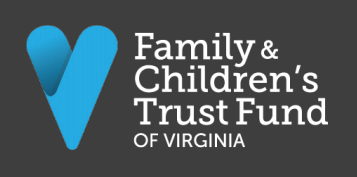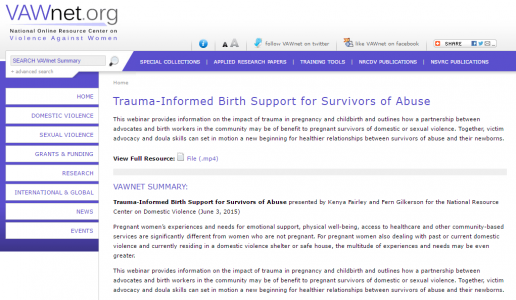Resources Library: Advocates
Start a Search:
Trauma Informed Principles through a Culturally Specific Lens
The content of this resource is primarily intended for culturally specific, community-based organizations and seeks to provide practitioners with accessible language to describe the trauma informed/culturally specific overlap of their work. This is an effort to uplift their collective knowledge and commitment to actively resist re-traumatization, foster inclusivity, and promote social justice. The document first begins by exploring relevant definitions in the context of trauma informed work and gender based violence. Through specific examples and tips to organizations, we also highlight core principles that apply to working in a trauma informed and culturally specific manner. We conclude by providing a practice scenario and questions to help organizations think through their capacity, philosophy, and commitment to trauma informed and culturally specific approaches.
Trauma-Informed Approaches to Elder Abuse: Applying trauma-informed care to in-home services

This issue brief overviews elder abuse, neglect and exploitation and examines how to apply a trauma-informed framework that is sensitive to older adults’ unique social, physical and cultural needs. For the purpose of this brief, “older adults” refers to adults 60 years or older and “inhome services” refers to any program that sends volunteers or professionals to the homes of older adults. An electronic version of this brief and accompanying resources are available at: www.fact.virginia.gov/trauma.
Trauma-Informed Birth Support for Survivors of Abuse Webinar

This VAWnet webinar provides information on the impact of trauma in pregnancy and childbirth, and outlines how a partnership between advocates and birth workers in the community may be of benefit to pregnant survivors of domestic or sexual violence. Together, victim advocacy and doula skills can set in motion a new beginning for healthier relationships between survivors of abuse and their newborns.
http://www.vawnet.org/summary.php?doc_id=4511&find_type=web_desc_TT
Trauma-Informed Birth Support: Survivor + Doula + Advocate
This pamphlet reviews the connections between pregnancy, childbirth, and trauma, and offers information, resources, and tips for advocates and birth doulas to support trauma-informed birth experiences for survivors of domestic violence. Published by the National Resource Center on Domestic Violence
Tribal Implementation of VAWA
This page from the National Congress of American Indians helps to briefly review the application of VAWA as it relates to Tribal communities. Their intent is to push for more inclusion of tribe rights and power to enforce legal and community action towards those who are not included in the VAWA understanding of sexual violence. Current law only allows for tribes to act to address domestic violence towards women only, and limits the ability to prosecute offenders who are not tribal members.

